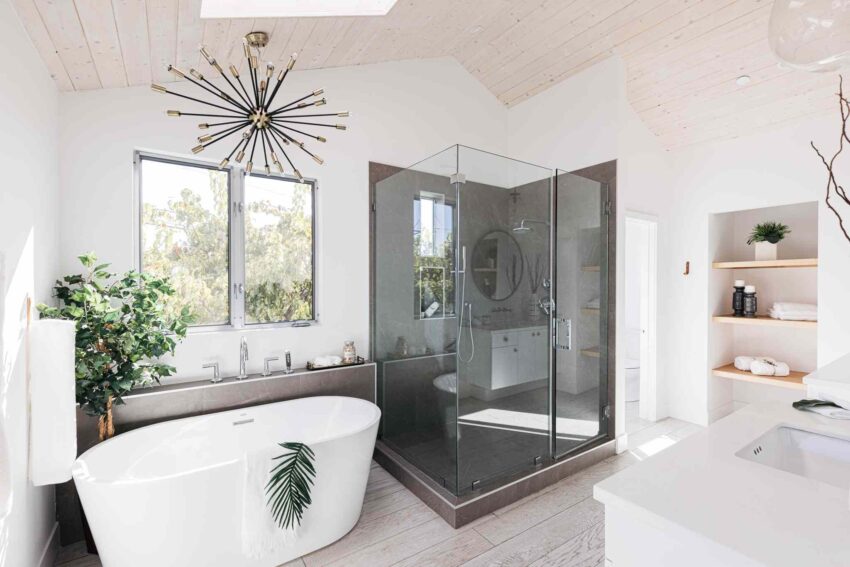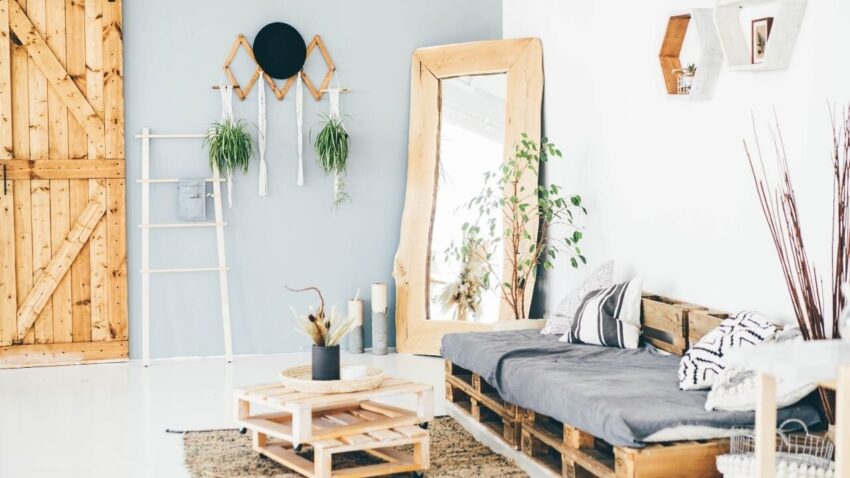
20 Apr Small Spa Interior Design: Create a Relaxing Haven
Are you considering opening a small spa? Designing a space that is both inviting and functional is crucial to creating a relaxing environment for your clients. A well-designed spa can help you stand out from your competitors and keep your clients coming back for more. In this article, we will explore the key elements of small spa interior design and how to create a space that promotes relaxation and rejuvenation. The content is presented by Homeplanidea.com
Why Interior Design Matters for a Small Spa

Image source: Google.com
When it comes to spa design, the interior plays a crucial role in the overall experience of your clients. A well-designed spa should have a welcoming ambiance that invites relaxation, while also providing functionality to support the services you offer. Whether you are renovating an existing space or starting from scratch, careful planning and attention to detail are essential for creating a successful spa. Find out Why Modern Houses Have Small Windows
Step 1: Define Your Brand and Target Market
Before you start designing your spa, it’s essential to define your brand and target market. What kind of spa do you want to create, and who do you want to attract? Your spa’s design should reflect your brand’s personality and appeal to your target market. For instance, if you want to attract busy professionals, you may want to create a modern and minimalist space with clean lines and a neutral color palette.
Step 2: Create a Floor Plan
Creating a floor plan is the next step in designing your small spa. The floor plan should be functional and provide a smooth flow for both clients and staff. Your floor plan should include space for reception, treatment rooms, waiting areas, and staff areas. It’s essential to ensure that each space is appropriately sized and arranged to accommodate your client’s needs and your staff’s workflow.
Step 3: Choose Colors and Materials
Choosing the right colors and materials is crucial to creating a relaxing and inviting environment. Neutral colors such as white, beige, and gray are popular choices for spa interiors, as they create a calm and serene ambiance. You can add pops of color with accents such as cushions, rugs, and wall art. When it comes to materials, natural elements such as wood, stone, and bamboo can add warmth and texture to your spa.
Step 4: Lighting and Sound
Lighting and sound are essential elements in small spa interior design. The lighting should be soft and warm to create a relaxing atmosphere, and you should consider adding dimmer switches to adjust the lighting as needed. Sound can also contribute to a relaxing environment, and you can consider adding soothing music or soundscapes to enhance the spa experience.
Step 5: Furniture and Decor
The furniture and decor you choose should complement your spa’s design and create a comfortable environment for your clients. Comfortable seating and soft textiles such as blankets and cushions can make your waiting areas feel cozy and inviting. Wall art, plants, and other decor elements can also add a personal touch and create a warm and welcoming atmosphere.
Step 6: Branding and Signage
Branding and signage are crucial elements in small spa interior design. Your spa’s branding should be reflected in the design and decor, and you should consider adding signage to help guide clients through the space. Clear signage can help clients find their way around the spa and make them feel more comfortable.
Conclusion
Designing a small spa that promotes relaxation and rejuvenation is all about careful planning and attention to detail. By following these key steps, you can create a space that reflects your brand’s personality and appeals to your target market. Remember to consider all the elements of small spa interior design, including colors, materials, lighting, sound, furniture, and decor, and branding and signage.

No Comments